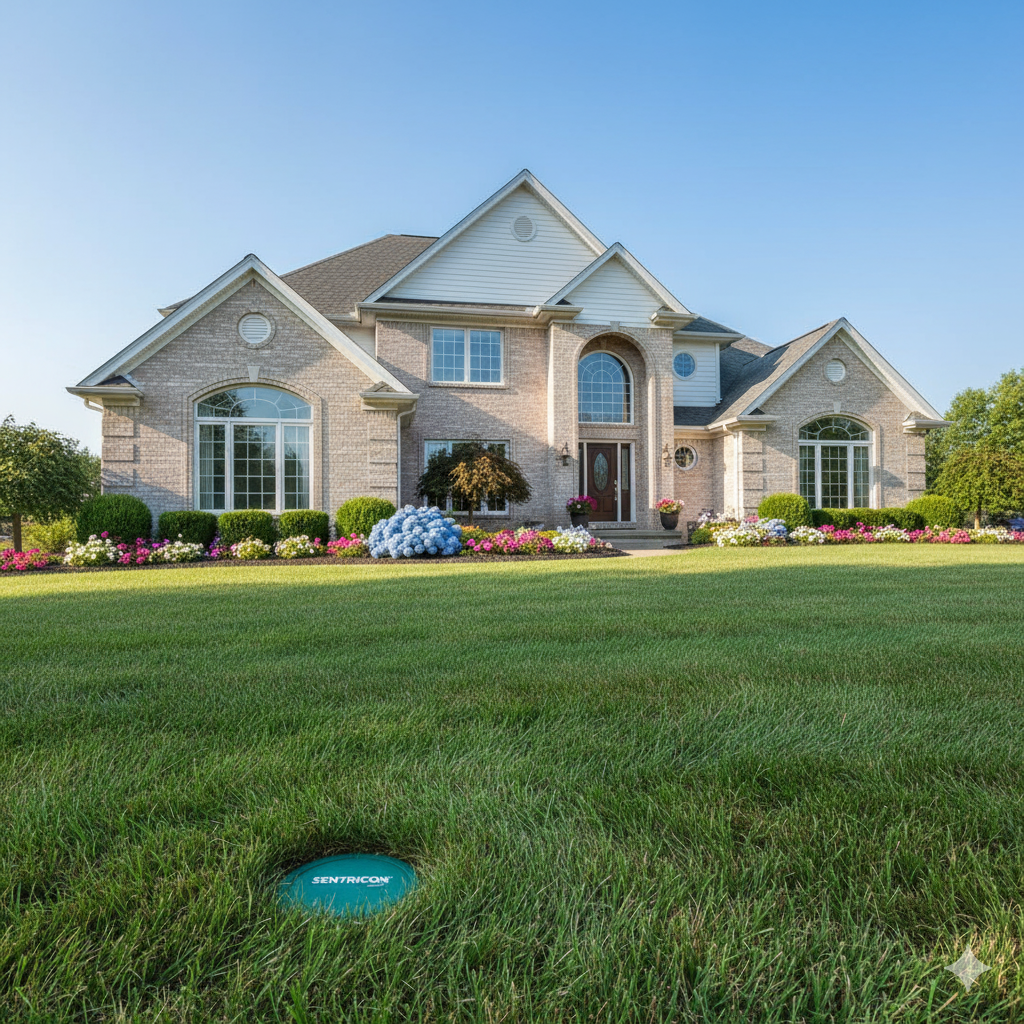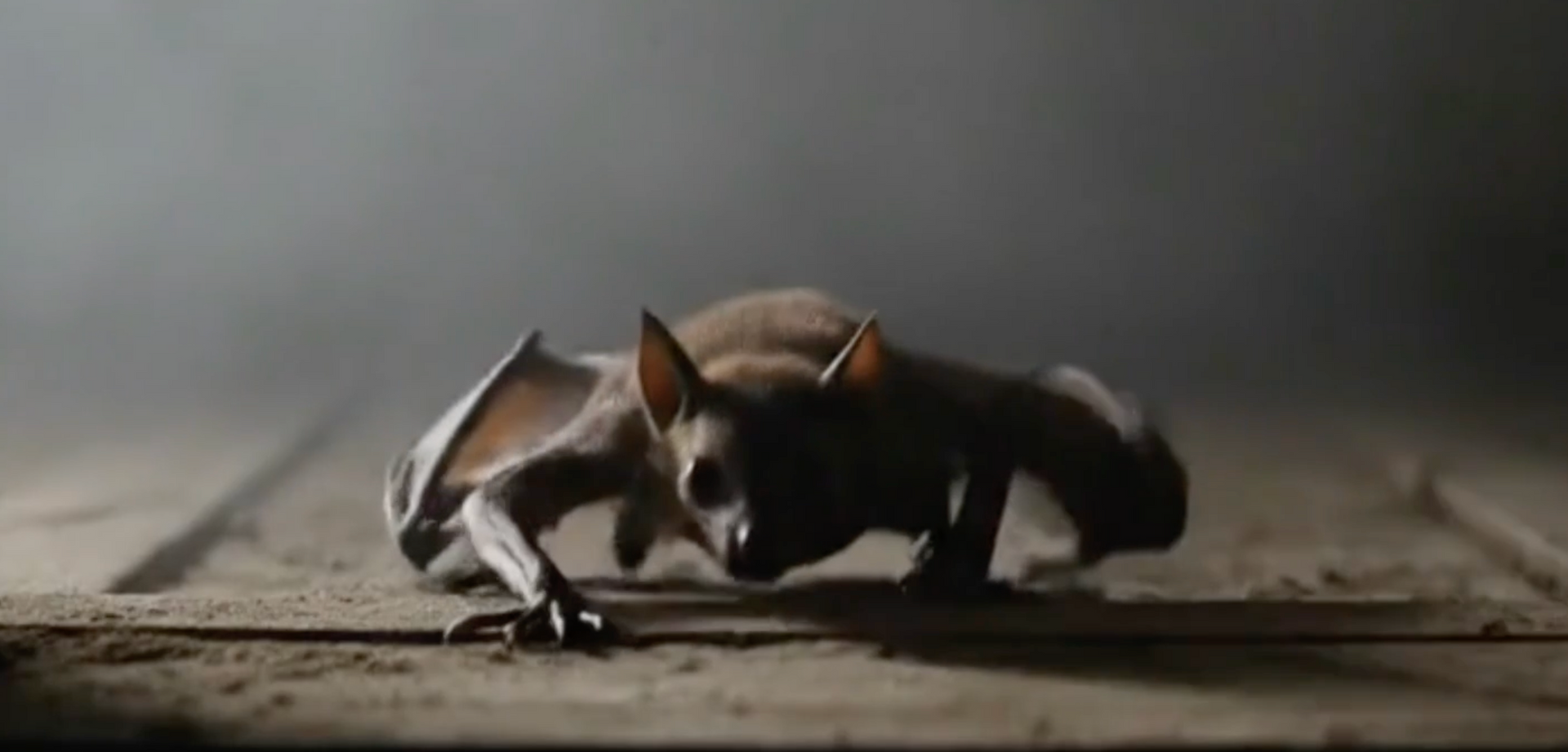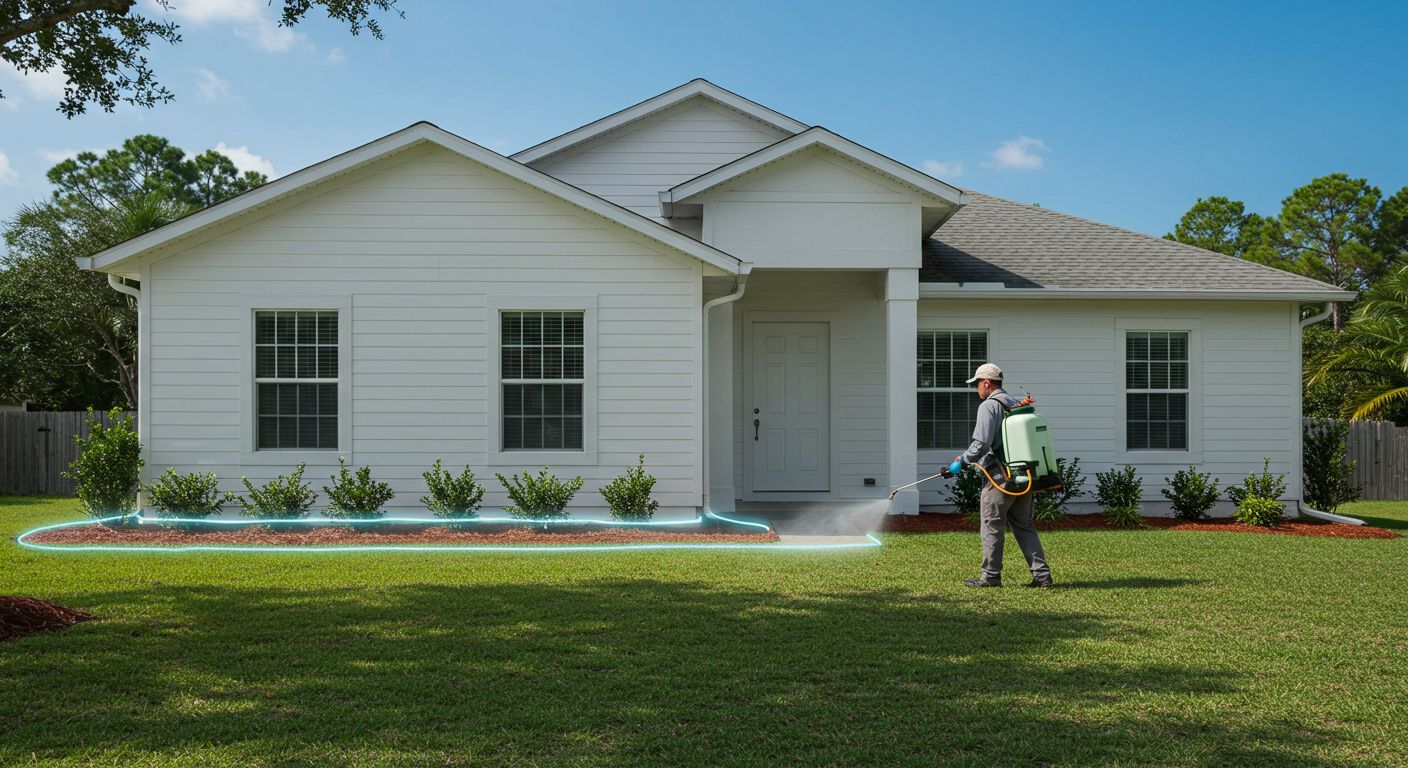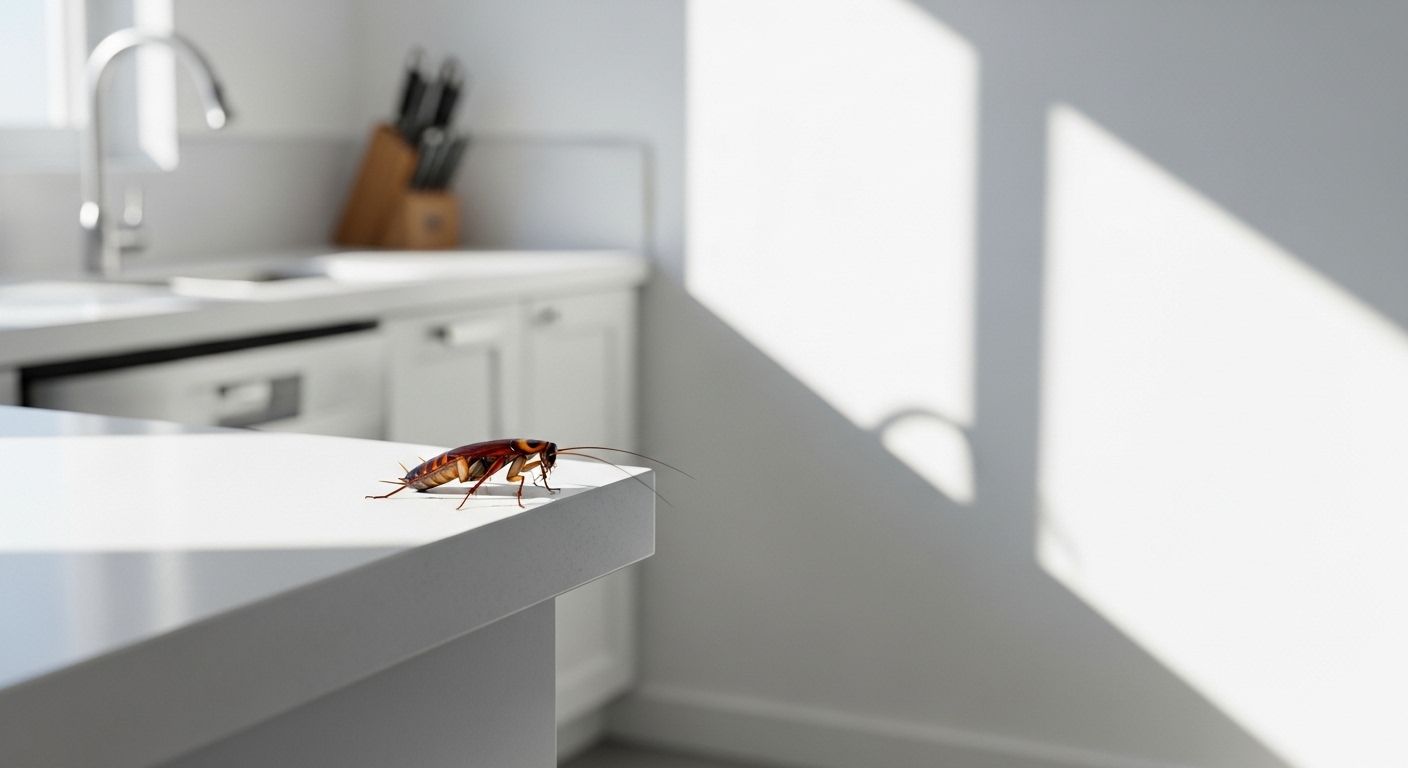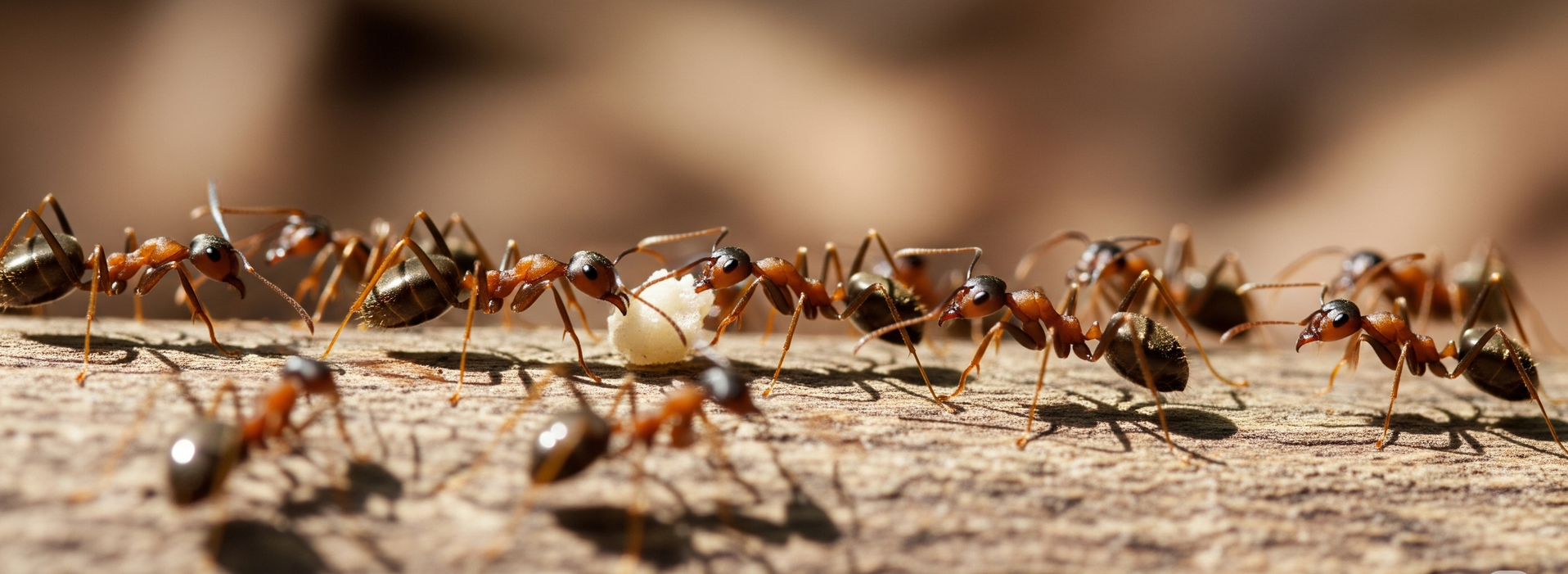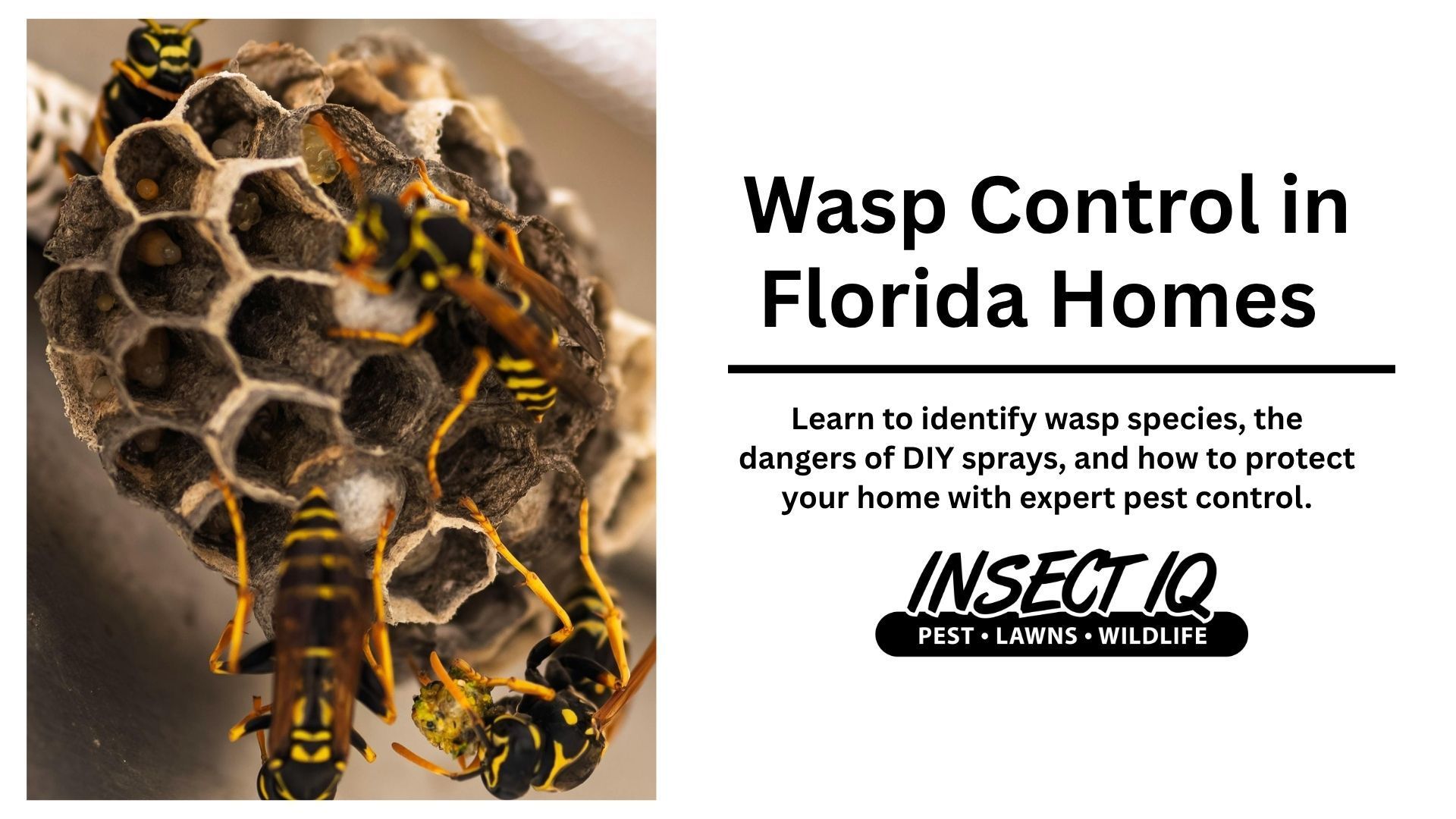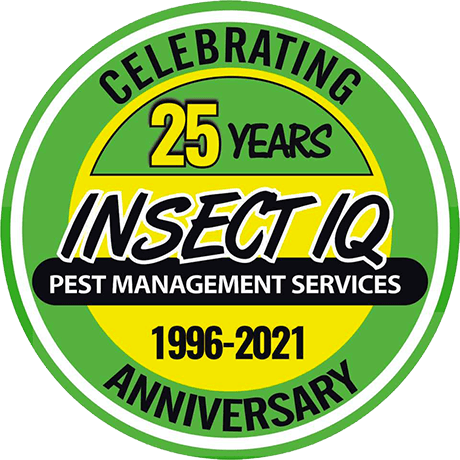Rat Control: Home & Business Protection
Facing rat issues in Florida? Learn how to identify, prevent, and eliminate rat infestations in your home or business with expert control methods.
Rat Invasion: Protecting Your Florida Home & Business from Rodent Threats
A rat problem is more than just a nuisance—it’s a serious threat to your home, your health, and your business. These highly adaptable rodents can multiply quickly, chew through almost anything, and contaminate spaces with disease. Whether you’re a homeowner or a business owner, taking fast, informed action can be the difference between safety and costly consequences.
Meet the Enemy: Common Rat Species in Florida
Florida hosts two primary types of rats—Norway rats and roof rats—each with different habits and habitats.
Norway Rats
Also called sewer rats, these are large, heavy-bodied rodents that prefer burrowing in the ground or nesting in basements and near foundations. They tend to stay low to the ground and are often found near garbage or compost bins.
Roof Rats
Also known as black rats or ship rats, roof rats are smaller, sleeker, and excellent climbers. They favor elevated spaces like attics, rafters, and upper storage areas. Businesses often encounter them in overhead shelves or ceiling voids.
How to Spot a Rat Infestation
Recognizing an infestation early helps prevent serious damage. Common signs include droppings, gnaw marks, greasy rub lines on walls, and scratching noises at night. Rats also build nests using shredded materials and leave behind a strong, musty odor. For businesses, sightings near dumpsters, storage, or kitchen prep areas can spell regulatory trouble.
Rat Droppings vs. Other Critter Droppings
Distinguishing rat droppings from those of other common pests can help confirm your suspicions.
| Feature | Rat Droppings (Norway Rat) | Rat Droppings (Roof Rat) | Lizard Droppings | Squirrel Droppings |
|---|---|---|---|---|
| Shape | Capsule-shaped, blunt ends | Spindle-shaped, pointed ends | Cylindrical, often with a white cap | Oblong, rounded ends |
| Size | Approx. 3/4 inch long | Approx. 1/2 inch long | Varies by lizard size | Approx. 3/8 inch long |
| Texture/Color | Dark, shiny (fresh), dull (old) | Dark, shiny (fresh), dull (old) | Dark, often with uric acid cap | Dark, often lighter with age |
| Typical Location | Along runways, near food sources | Elevated areas, attics, rafters | Walls, window sills, near lights | Attics, near entry points, trees |
The Real Dangers of a Rat Infestation
Rats are more than unsettling—they’re dangerous. They’re known to spread Hantavirus, Leptospirosis, Salmonella, and even Rat-Bite Fever. Their urine, droppings, and nesting can contaminate surfaces and food, threatening the health of families, customers, and employees alike.
For businesses, this also creates the risk of health violations, fines, and reputational damage. One rodent sighting can hurt customer trust and trigger health department scrutiny.
Property Damage from Rats
Rats chew constantly to control their teeth—and that includes wires, drywall, insulation, and even plastic pipes. This behavior can cause electrical fires, HVAC malfunctions, and structural instability. The financial toll adds up quickly in both homes and commercial spaces.
Effective Rat Control: Trapping, Exclusion, and Bait Stations
Controlling a rat infestation requires a multi-pronged approach that targets existing populations and prevents future intrusions, equally applicable to homes and businesses.
Trapping Methods
Trapping is an effective way to remove existing rats from your property.
- Snap Traps: Traditional snap traps are highly effective when placed correctly along rat runways. Use attractive bait like peanut butter, nuts, or chocolate. These are a good choice for quick removal.
- Live Traps: If you prefer a humane approach, live traps capture rats alive, allowing for their release far away from your property (check local regulations regarding live animal release).
- Glue Boards: While effective, glue boards are often considered less humane as they can cause prolonged suffering. They are best used in conjunction with other methods or in specific, limited areas, and might not be suitable for all business environments due to ethical concerns.
Rat Exclusion: Sealing Entry Points
Exclusion is the most critical long-term strategy for rat control. It involves identifying and sealing all potential entry points into your home or business.
- Seal Cracks and Gaps: Inspect your foundation, walls, and around pipes and utility lines for cracks and gaps as small as a quarter-inch, and seal them with rodent-proof materials like steel wool, hardware cloth, or cement. Pay close attention to areas where pipes enter walls in both homes and commercial kitchens.
- Secure Doors and Windows: Ensure all doors and windows fit tightly and have sweeps or weatherstripping to prevent rats from squeezing underneath. Repair or replace damaged screens. For businesses, this includes backdoors, loading dock doors, and any service entrances.
- Vent and Chimney Covers: Install wire mesh covers over vents and chimneys to prevent entry.
- Trim Vegetation: Keep tree branches and shrubs trimmed away from your roof and siding, as rats can use them to access elevated entry points. This applies to landscaping around both residential and commercial buildings.
- Waste Management: For businesses, ensure dumpsters are sealed and placed away from the building. For homes, secure trash cans.
Rodent Bait Stations
Rodent bait stations, often containing anticoagulant rodenticides, can be an effective part of a comprehensive control plan, particularly for larger outdoor populations or in commercial settings where rapid reduction is needed.
- Placement: Place bait stations outdoors along perimeter walls, near suspected rat activity, and in areas inaccessible to children, pets, and non-target wildlife. For businesses, this includes exterior perimeters and less-trafficked areas.
- Safety: Always use tamper-resistant bait stations to protect non-target animals and people from accessing the bait. This is paramount for businesses, as accidental exposure could lead to severe consequences.
- Professional Use: Due to the risks associated with rodenticides, it's often best to have professionals handle bait station placement and monitoring, especially in commercial environments where regulations are stricter.
Why Professional Rat Control Works Best
Rats are clever and cautious, which means over-the-counter solutions often fall short. At Insect IQ, our experts are trained to inspect, identify, and eliminate rodent threats efficiently and safely. We understand the different challenges homes and businesses face and tailor our approach to your specific needs.
Call to Action: Protect Your Property Today
Don’t wait for rats to take over your home or business. Stop the damage before it starts. Call Insect IQ today for a professional inspection and customized rat control solution.
Protect your family, your customers, and your investment.
Visit insectiq.com or contact us to schedule your service.



